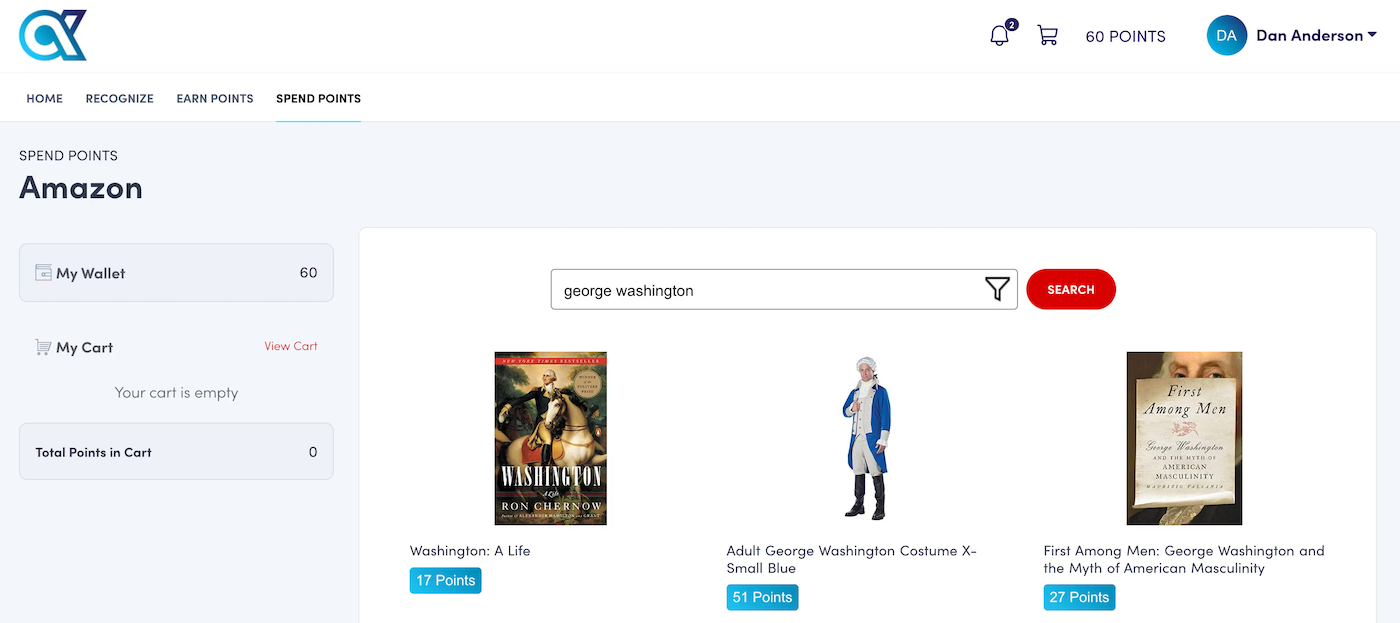Key takeaways
Top 4 employee retention strategies
While the Great Resignation has somewhat fizzled out, 46% of employees still say they plan to look for work in the next three months. This should set off a few alarm bells — when experienced employees quit, the company loses valuable institutional knowledge. Remaining workers have to fill in the gaps and pick up the slack, which often leads to employee burnout, low morale, and declining productivity.
Even if you find qualified candidates to replace them, each new employee requires a lot of training and time to get up to speed. On the other hand, better employee retention curbs turnover and boosts team performance and job satisfaction — thereby contributing to the company’s bottom line.
But where to start? Some of the most common retention strategies focus on employee compensation, development opportunities, feedback, and recognition.
1. Review your compensation strategy
Compensation is one of the top reasons people look for new positions: In a recent LinkedIn survey, 36% of workers said that making more money is their main reason for quitting. In many cases, employees can get a 10–20% pay increase by switching jobs.
If your company can’t seem to get a handle on turnover or recruitment, take a look at your compensation strategy to see if your package is on par with competitors in your industry and geographic area. Use HR software like Bob to analyze salary data against internal and external benchmarks. A consistent, transparent compensation strategy ensures that everyone is being paid fairly and competitively.

2. Invest in employee development
If you want to reduce turnover and increase job satisfaction, then you need to provide the professional development and employee training that workers need to climb the ladder. This talent management can take many forms, including sending them to conferences, helping them earn certifications, and offering in-house training courses to help them upskill for higher-paying positions.
Get started with our Employee Development Plan: Complete Guide + Free Template
Learning management systems (LMS) make it possible to create development programs that align employee growth opportunities with the company’s business goals. For example, 360Learning identifies the skills and competencies required for each role, then monitors each employee’s skills progression. This level of transparency gives employees greater control over their own development, and managers can make objective decisions when team members are ready to advance.

Learn more: LMS Features You Need for a Great E-Learning Program
3. Engage in two-way feedback
Don’t wait for an exit interview to discover why voluntary turnover is happening — proactively identify employee pain points through anonymous employee surveys, one-on-one meetings, and other employee engagement strategies. Leverage this feedback to find out what would improve the employee experience, then work together to implement a solution.
Software like 15Five supports a culture of 360-degree feedback through quick and effective performance reviews and intelligent sentiment analysis. Managers can set up objective assessments to evaluate employees without performance biases creeping in, then leverage the actionable insights from employee surveys to improve their own effectiveness as leaders.

4. Recognize and reward employees’ contributions
All too often, companies focus on where employees need to improve and ignore the areas where they’re already succeeding. To that end, 71% of employees said they would be less likely to leave their organization if they were recognized more frequently.
Taking time to praise employees privately and publicly for their hard work shows them you’re paying attention to their wins in addition to their growth opportunities. However, offering rewards that employees actually want is key to improving employee experience.
Employee recognition software such as Awardco make it easier to launch, maintain, and grow your rewards program. Within the Awardco platform, employees receive points via social recognition, goal achievements, and service milestones, which they can then redeem for rewards like tangible gifts, company swag, gift certificates, and experiences.
How to create your own employee retention strategy
Survey employees
To create your own employee retention plan, you first need to figure out why employees are leaving. Exit interviews provide an opportunity to ask outgoing employees about their motivations, but employee engagement surveys offer a more proactive approach to gauge employee satisfaction. Ask questions about what employees like and dislike most about their current job, what would keep them at your company, and what would entice them to leave.
Identify retention opportunities
Once you have collected the survey data, compile the results and examine them for patterns. In most cases, a few popular responses will jump out as an overall theme; pick up to three areas to focus on first instead of trying to tackle everything at once. You can always come back later to address less-prominent themes.
Once you have identified your priorities, choose employee retention strategies that will help you accomplish those goals. For instance, if numerous employees said they would leave to pursue a higher salary, then reevaluating your compensation strategy should be your first order of business.
Assess your HR tech stack
Defining your employee retention strategy presents a good opportunity to examine your existing HR tech stack. You may find underutilized software modules that you can spin up to support your retention goals instead of signing up for additional tools. If there are gaps, however, assess whether an existing platform can be extended to meet your needs. In some cases, it may be worthwhile to explore standalone tools for learning and development, compensation management, and other critical retention efforts.
Monitor and adapt your retention efforts
The initiatives that keep employees engaged and invested in the company may become less effective over time, so your employee retention strategy must evolve to remain competitive in an ever-changing job market. Continue asking employees for frequent feedback and make changes as necessary; if turnover and attrition rates suddenly start to spike, it may be time to go back to the drawing board.







